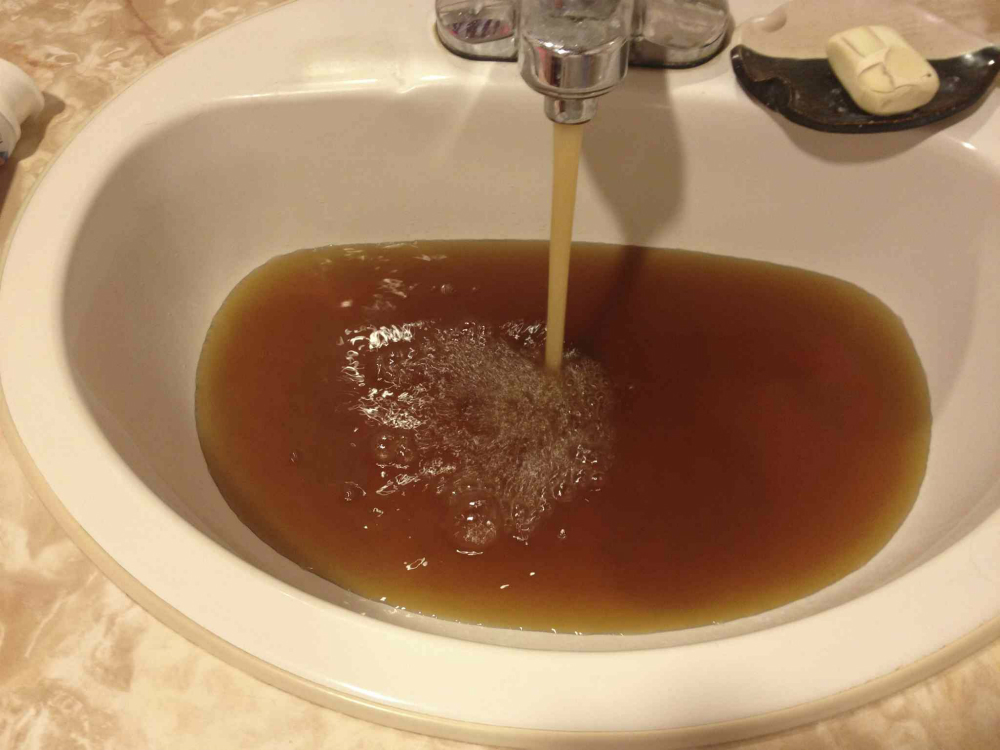What to do when your well gets ‘sick’
01/22/2016 / By usafeaturesmedia

(Homesteading.news) Imagine waking up one morning and heading to the bathroom for a shower or to brush your teeth, and you turn the faucet on and find that your water has turned nasty and brown. What to do?
Some homesteaders have experienced this on many occasions, and immediately they know that something is wrong with their deep water well. Many solve the problem by installing osmotic filters that keep drinking water purified, but often those don’t solve the problem of sediment and other contaminants.
What makes curing “sick” wells even more difficult is the fact that you can’t always see what’s going on below ground. All you see are symptoms, like brown water; and when you talk to five other homesteaders you’re liable to get a half-dozen different answers as to what the problem may be. Local health agencies may also be of little help because of liability issues.
“The are several causes of brown water in a well. These can range from a rusty pipe to a collapsing well. With such a wide range of possible causes, what are the right steps to finding out what is causing the problem?” asks Martina Kuhnert at Homestead.org.
Here are some things you can do to help determine the cause and extent of your well problem:
— Ask yourself – has the water to your home been shut off for some time? If so, the brown could be due to rust becoming dislodged from your pipes; run your taps for 10-15 minutes and see if that clears your water up.
— If your water has not been shut off, check to see if the hot and cold water are discolored. If it’s just one or the other, that might help you narrow down the problem (discolored hot water may signal rust in your water heater).
— Rust from both cold and hot water may be due to rusty pipes that will need to be replaced.
— Water becoming brown could have something to do with your well itself. It can turn color (brown) from surface infiltration, iron and/or manganese in the water, a collapsed well, falling water level or seismic activity. A complete water test may be necessary to figure out the problem, how bad it is and how best to fix it.
“The test should include assessments of pH, hardness, total coliform, fecal coliform, e-coli bacteria, dissolved solids, iron concentration, and iron bacteria,” Kuhnert writes.
This is where your health department can help out: You can obtain a well water test from them, in all likelihood.
What you can’t do, however, is ignore the problem, obviously. Check with a well-digger also, because they have a wealth of knowledge when it comes to wells, their function and what most often, in your particular area, makes them “sick.”
[H/T: Homestead.org]
Homesteading.news is part of the USA Features Media network of sites. For advertising opportunities, click here.
Tagged Under: deep well




















